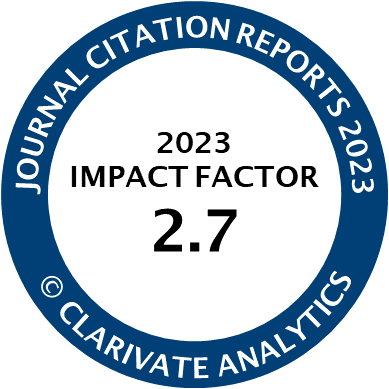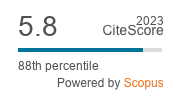Article | Open Access
Emotionalization in the Media Coverage of Honey Bee Colony Losses
| Views: | 3939 | | | Downloads: | 2375 |
Abstract: Emotionalization is increasingly used in the daily news. However, communication scholars have only just begun to explore how journalists use emotionalization in coverage of scientific and environmental topics. This study contributes to filling this research gap by investigating emotionalization in reporting on honey bee colony losses. The aim of the study is to analyze the amount of emotionalization that took place, as well as to observe changes over time. Emotionalization is assessed in two ways; by analyzing to what extent journalists (1) explicitly mentioned discrete emotions in news stories (joy, hope, fear, anger, etc.) and/or (2) used rhetorical devices to evoke emotions (affective vocabulary, metaphors, colloquial language, superlatives, etc.). Results from a quantitative content analysis of four Austrian newspapers in 2010/2011, 2013/2014, and 2017/2018 show that the coverage is highly emotionalized across all three time periods studied. Emotionalization occurs far more often by using rhetorical devices than by explicitly mentioning positive or negative emotions. Interestingly, the incorporation of emotional elements and scientific expertise in the news items do not exclude one another. Hence, there seems to be no strict dichotomy between rational/objective and emotional reporting.
Keywords: content analysis; emotionalization; emotions; environmental communication; quality newspapers; science communication; tabloid newspapers
Published:
© Brigitte Huber, Ingrid Aichberger. This is an open access article distributed under the terms of the Creative Commons Attribution 4.0 license (http://creativecommons.org/licenses/by/4.0), which permits any use, distribution, and reproduction of the work without further permission provided the original author(s) and source are credited.




